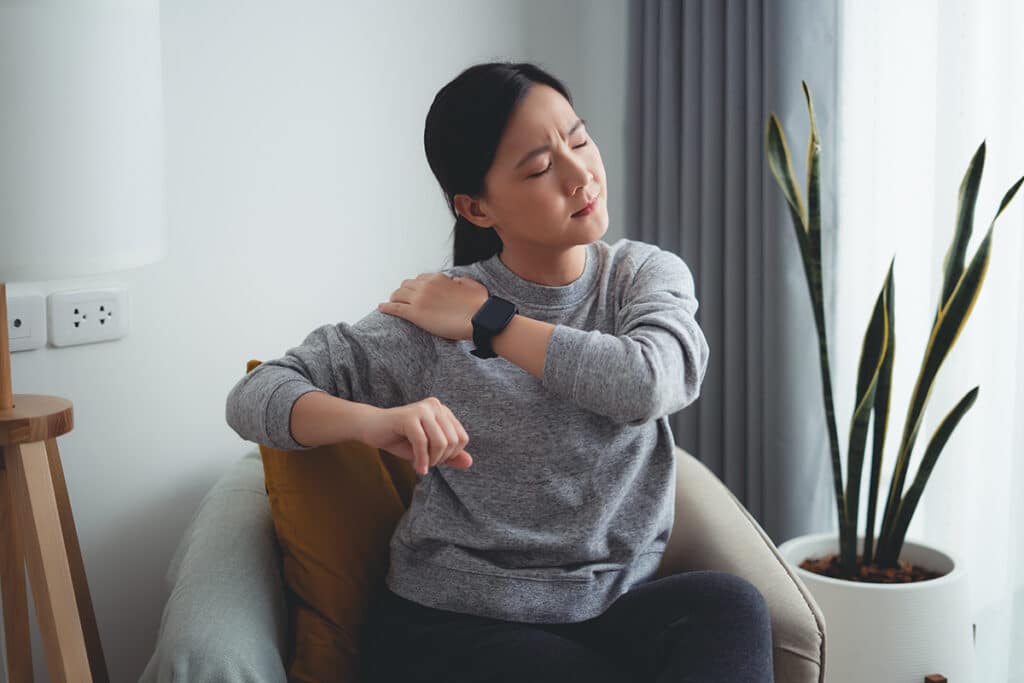
When it comes to treating shoulder slap lesions, there are several effective approaches that can help alleviate pain, promote healing, and restore shoulder function. Along with medical advice and consultation with healthcare professionals, here are ten of the best ways to treat shoulder slap lesions:
1. Rest and Immobilization: Giving your shoulder sufficient rest and avoiding activities that exacerbate the pain can facilitate the healing process. Immobilization with the help of a sling or brace may be recommended by your healthcare provider to stabilize the shoulder.
2. Physiotherapy: Physiotherapy is an integral part of the treatment for shoulder slap lesions. A qualified physiotherapist can develop a tailored exercise program to strengthen the muscles surrounding the shoulder joint, improve flexibility, and enhance shoulder stability.
3. Chiropractic Care: Chiropractic treatment can help address any misalignments or imbalances in the spine or shoulder joint that may contribute to shoulder slap lesions. Chiropractors use manual adjustments and other techniques to restore proper joint function and alleviate pain.
4. Massage: Massage therapy can help relax muscles, improve blood circulation, and reduce tension in the shoulder area. It may provide pain relief and promote healing by releasing tightness and addressing trigger points.
5. Non-Steroidal Anti-Inflammatory Drugs (NSAIDs): Over-the-counter NSAIDs, such as ibuprofen or naproxen, can help manage pain and reduce inflammation associated with shoulder slap lesions. However, it’s essential to consult a healthcare professional before taking any medication.
6. Corticosteroid Injections: In some cases, corticosteroid injections may be recommended to reduce inflammation and alleviate pain. These injections are typically administered by a healthcare professional, such as an orthopedic specialist.
7. Cold: Applying ice packs or cold compresses to the affected shoulder can help reduce swelling and numb pain. It’s recommended to apply cold for around 15-20 minutes at a time, several times a day.
8. Heat: Once the initial acute phase has passed, applying heat to the shoulder can help increase blood flow, relax muscles, and alleviate pain. Heat can be applied using warm compresses, heating pads, or warm showers.
9. Modified Activities and Lifestyle Changes: Adjusting your daily activities to avoid repetitive or overhead movements that aggravate the shoulder can facilitate healing. Additionally, maintaining good posture and practicing proper body mechanics can help prevent further strain on the shoulder joint.
10. Surgical Intervention: In severe cases or when conservative treatments don’t provide sufficient relief, surgical intervention may be considered. This option is typically reserved for cases that involve significant structural damage or persistent symptoms.
It’s important to note that the effectiveness of these treatments may vary depending on the severity of the shoulder slap lesion and individual circumstances. It’s always recommended to consult with a healthcare professional or orthopedic specialist to determine the most appropriate treatment plan for your specific condition.
In conclusion, the best treatment for shoulder slap lesions depends on the severity of the injury. Conservative therapies such as rest, physiotherapy, and pain medications are effective for mild shoulder injuries. On the other hand, surgical interventions such as corticosteroid injections, arthroscopic surgery, or arthroplasty are recommended for severe shoulder slap lesions. Before deciding on the treatment option, it is important to consider the pros and cons of each treatment option. It is recommended to discuss with a healthcare provider to make an informed decision about the best course of action.
If you have any questions or would like to explore further, please book a free, no-charge online appointment with either myself, Dr. Tyler Baron, BASc, DC, or another Kitchener chiropractor at CARESPACE.We are happy to listen and are here to help!

